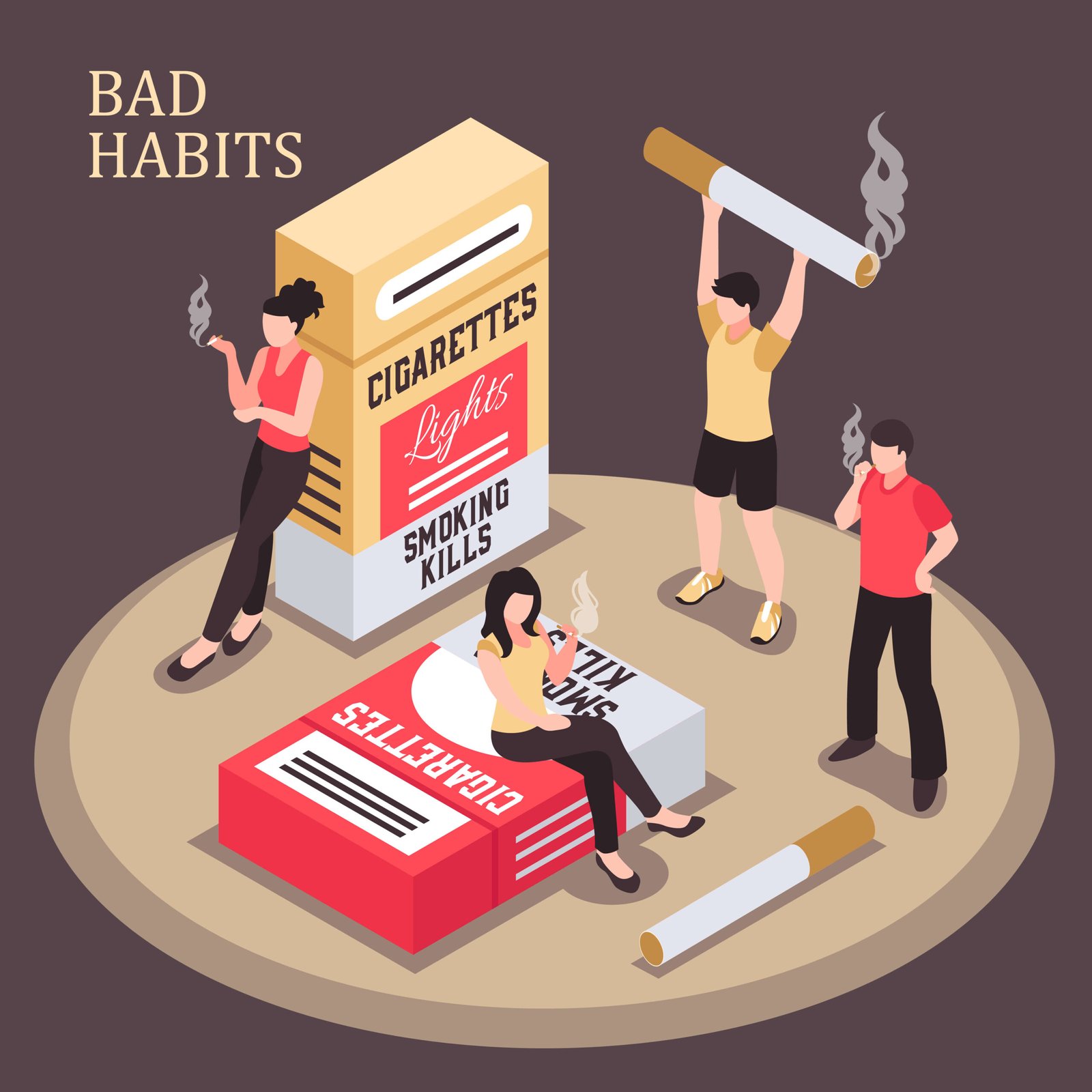Smoking among young people poses serious risks — addiction, long-term disease burden, and public health costs. In response, South Korea is stepping up efforts to curb youth smoking through a multifaceted plan combining policy, education, enforcement, and innovation. The aim is clear: to make tobacco use unattractive, inaccessible, and socially unacceptable for the next generation.
Why Target Youth?
• Many smokers begin during adolescence, making early prevention critical to stopping lifelong dependence.
• Youth are especially vulnerable to marketing, peer influence, flavored tobacco products, and e-cigarettes.
• Reducing youth initiation helps lower future morbidity (cancers, lung disease, cardiovascular disease) and overall public health burden.
• Long-term gains are greater — each avoided smoker means fewer costs, healthier population, and reduced inequality.
Korea’s Historical Context & Current Challenges
Over decades, Korea has strengthened tobacco control laws, expanded smoke-free zones, increased taxes, enforced advertising bans, and launched cessation services. These measures have reduced overall smoking prevalence but youth use remains a pressing issue, especially with the rise of novel products like e-cigarettes and heated tobacco devices. Public health officials recognize that traditional policies alone are no longer enough.
Research has shown that past legislative bans reduced secondhand smoke exposure among youth, though the effect on actual youth smoking rates was modest. As one study found, while cotinine levels (a biomarker of tobacco exposure) declined among non-smoking adolescents, smoking prevalence did not sharply drop in the same period. That suggests future efforts must go beyond passive measures.
Key Strategies in Korea’s Youth Tobacco Reduction Plan
Korea’s approach to reducing youth smoking involves several integrated strategies:
1. Education & Youth-Focused Campaigns
• Launch campaigns tailored to youth culture — using social media, influencers, and language that resonates with younger audiences.
• The NoDam (Non-Smoking) campaign is one such initiative, using youth slang and channels to communicate anti-smoking messages more engagingly.
• School-based programs, peer education, and health curriculum integration teach young people about the risks of smoking, addiction, and how to resist peer pressure.
2. Regulatory & Legal Measures
• Strict age-verification laws and tougher penalties for selling tobacco or e-cigarettes to minors.
• Increased regulation or bans on flavored tobacco products— flavors that appeal to younger users (fruity, mint, candy) will be targeted.
• Tighter controls over advertising, packaging, and promotional techniques especially those that may attract youth.
• Enhance enforcement in retail environments to reduce illegal sales to minors.
3. Price & Tax Policy
• Raising taxes on all tobacco products (including e-cigarettes and heated tobacco) to raise their cost barrier for youth, who have limited disposable income.
• Aligning tax levels across product types to avoid substitution (e.g. youth switching from cigarettes to cheaper alternatives).
4. Smoke-Free Environments & Exposure Reduction
• Expand smoke-free zones — including campuses, parks, public transport, and near school areas — reducing visibility and normalization.
• Strengthen enforcement of smoke-free laws, with fines and monitoring systems to deter violations.
• Limit secondhand exposure, which reinforces non-smoking norms and protects non-smoking youth.
5. Cessation Support Adapted for Youth
• Create youth-friendly cessation services: counseling, quit-lines, mobile apps tailored for adolescents.
• Subsidize or provide free access to nicotine replacement therapies (patches, gums) or approved medications for youth who are addicted.
• Peer support groups and digital communities to support quitting among young people.
6. Monitoring, Research & Data Use
• Conduct regular surveillance of youth smoking rates, product trends, attitudes, and initiation age.
• Use analytics to identify hotspots, high-risk groups, and emerging product trends.
• Evaluate policies continually and adjust based on evidence, especially in fast-changing tobacco markets.
7. Harnessing Digital & Tech Tools
• Use AI chatbots, interactive apps, and gamified prevention tools to deliver anti-smoking messages, quizzes, reminders, and cessation support directly to youth.
• Engage youth on platforms they use — short videos, challenges, social media campaigns — to counter pro-tobacco messaging.
• Monitor online sales or marketing of tobacco products targeted at youth, and enforce bans in digital spaces.
Expected Outcomes & Measures of Success
To evaluate success, Korea’s plan will track:
- Decline in the prevalence of smoking (and use of novel tobacco) among adolescents aged, say, 13–18.
- Increase in age of initiation — pushing the first-use age later.
- Reduction in daily or regular use rates (not just experimenters).
- Improved rates of cessation attempts and success among young smokers.
- Lower exposure to advertising, higher awareness of harms, and decrease in retail sales to underage buyers.
- Greater enforcement actions and compliance in public and retail settings.
Challenges & Considerations
This plan faces several obstacles:
- The tobacco industry constantly adapts — introducing new products, marketing tactics, and online sales targeting younger audiences.
- Youth may see tobacco use as rebellious or socially desirable; combating peer norms and social pressures is hard.
- Some youth are already addicted — prevention is insufficient; cessation tools must be effective and accessible.
- Enforcement (especially in smaller shops or rural areas) is resource-intensive.
- Digital and cross-border marketing may evade regulation.
- Cultural and family influences (e.g., adult smoking behavior) can undermine youth efforts.
Why It Matters for Health & Society
Reducing youth smoking is a long-term investment. Each non-smoking generation contributes to lower incidence of lung disease, cardiovascular disease, cancers, and healthcare costs. It also shifts social norms, making smoking less acceptable and weakening the social pull of tobacco.
For your site or audience, covering this topic can help:
- Inform young people and families about their rights, risks, and resources to quit or avoid starting.
- Highlight government campaigns or hospital programs in your region.
- Provide actionable tips — how to refuse offers, find support, track progress, or advocate for smoke-free youth spaces.
- Track progress and generate awareness to maintain momentum.













